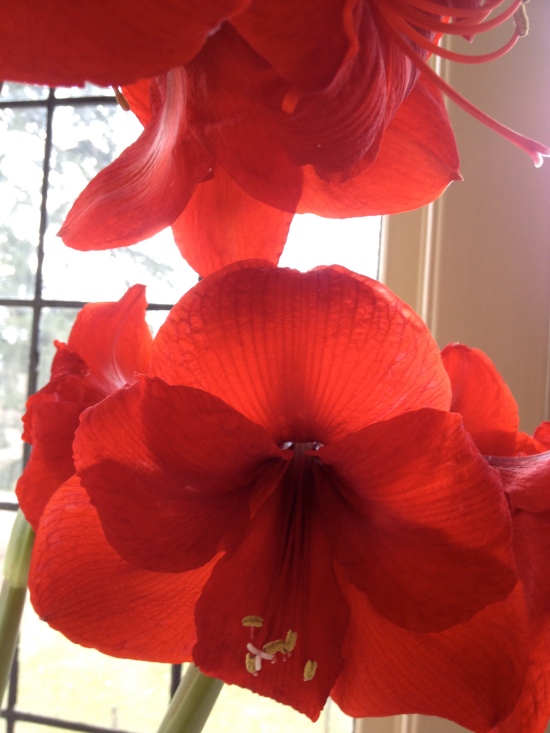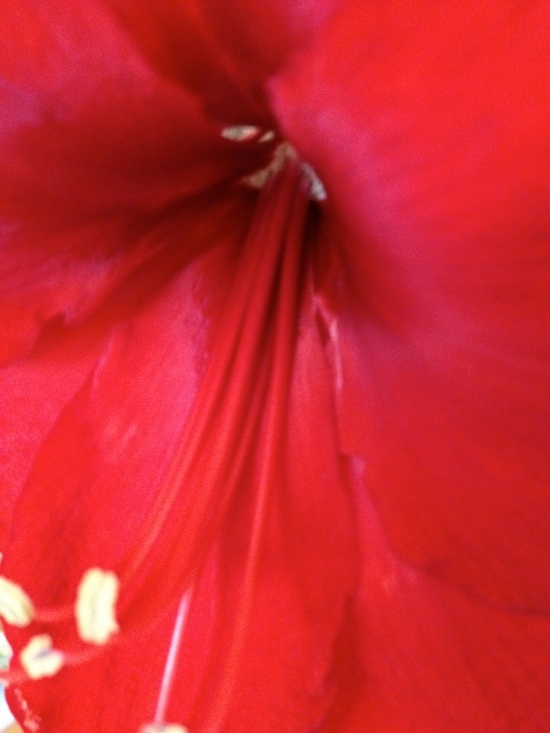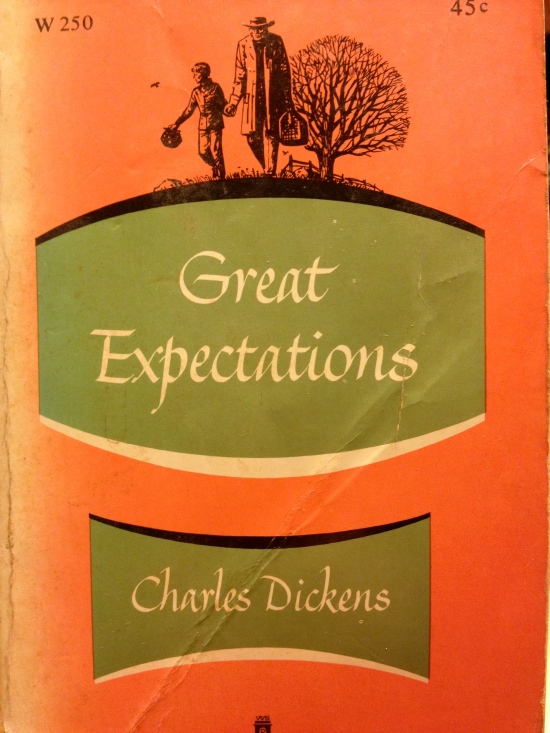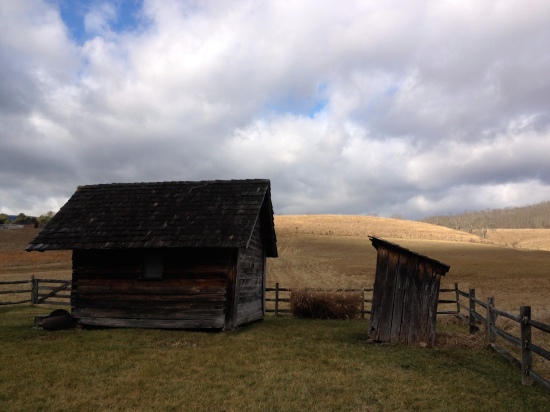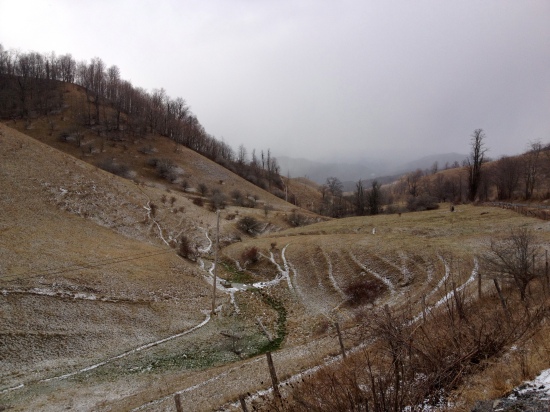The Red Lion is out! He has sprung, finally. It is a brief moment, considering the year of care that he required of me in order strengthen him for this burst of movement upward. Though, I confess that I was not thinking of him every day of this past year. And he is not the only Red Lion. I have others and I am loyal to them all, and to his relatives who go by other names—Vera, Clown, and Novella. They are everywhere in my house—six in the dining room, three in the study, three in the kitchen, three in the alcove, and eight in the basement, where four on the washer and four on the dryer gyrate to the sudsing and tumbling of clothes to no ill effect apparently. They comprise my bevy of amaryllis bulbs, and they are too many–a true plethora, a surfeit, a glut. Why so many amaryllis? It’s not my fault. My husband runs a landscape design/garden center business. In early January he brings home the amaryllis bulbs that did not sell during the Christmas season. We give them away to friends, but still there are more. I pot up the orphans because I cannot resist what I know they will do with just a little soil, water, and light. I moisten potting soil in my biggest mixing bowl and pot up the fat brown bulbs, taking care to stuff down their wiggily spongy roots (unlike the roots of tulip and daffodil bulbs, amaryllis roots remain living all year, whether potted or unpotted). The bulb planter then becomes a bulb watcher, looking for signs of life. Just when one is ready to state that this is the bulb that will not do it, just then it does! The tip of a green sword emerges. From then on the bulb watcher should not leave the premises. The large flowering bud at the tip of the green sword opens in a ballet dance of shimmering, iridescent seductive curves. Individual flowers join petal tip to petal tip, forming ring-like umbels.
I carry the Red Lion from room to room, hoping to find the perfect spot for the perfect photograph, but my efforts do not do justice. Several writer photographers have done so, however—Starr Ockenga, author of Amaryllis, and Ken Robbins, author of A Flower Grows—in very different ways. Ockenga ordered 90 kinds of amaryllis bulbs and spent a year documenting their growth in her greenhouse. Robbins follows the growth of just one bulb in hand-tinted photographs. Finally, standing on a table, I view the Red Lion from above.
The scientific name of the amaryllis is Hippeastrum, or horse star. In 1837 the Honorable Reverend William Herbert, Dean of Manchester named the genus thusly perhaps after a holy water sprinkler, whose shape had its antecedents in a medieval weapon used by knights, known as the “morning star.” The common name, amaryllis, has a more troubling origin. A lovely nymph named Amaryllis fell in love with a handsome shepherd named Alteo, who was impervious to her love. He said that all that he desired was a flower—one that was new to the world. Amaryllis wished to comply with this desire. She consulted the Oracle of Delphi who advised her to dress in white, plant herself at his doorstep, and pierce her heart with a golden arrow for 30 nights. She did this. When Alteo finally opened his door, there was a red flower. Her blood, so slowly dripped, had become the amaryllis.
The Scottish poet and garden writer Muriel Stuart (1885-1967) writes in her book Fool’s Garden (1936) that “There is a sex appeal in flowers, no less than in human beings. Unguessed, unexplained, but present, shown by the garden lover’s preference for rose or magnolia, for orchid or gillyflower, for tree or rock plant. Strong and irrestible, the wherefore they know not, the mysterious drawing power is there, some potency distilled from stem or stamen, curved petal-lip or watching eye. And so we are drawn to certain flowers by some sex appeal of growth and colour, no less than to certain people by hand or eye, or wayward toss of hair or turn of chin. Show me a garden and I will show you the gardener’s soul” (p. 195). Stuart, more English than Scottish, wrote poems, whose themes were sexual politics and horticulture, that were admired by Thomas Hardy. Her gardening book is full of sweet stories about the “whimsies” that she and co-worker, her young son Adam, contrived in their garden, one being a special “sword garden,” for plants whose leaves are “swordy and austere.” Their vision was a garden full of “stately spears” and “tiny daggers” and “lance lifters.” Muriel writes that she and Adam, the fools of her title, learned much in the planting of their “unorthodox” garden.
It occurs to me that my collection of amaryllis is a sword garden–and what could have more sex appeal than the Red Lion? For me, however, the sex appeal is not so much in the flower, but in the tip of green just beginning to show itself from the brown bulb, like the spire of a cathedral in a dull place. Every year when it’s warm enough I carry the tired bulbs outside to replenish themselves in the shade. The slugs, leaving trails of silvery slime, nibble them to shreds, and the resident groundhog and rabbit may feast a little as well. I splash water on them in the droughts of August. By fall their tattered leaves have yellowed, but the bulbs are plump again with stored food reserves made by the leaves. Just as frost arrives, I carry them inside and wait for the tip of the green spire to appear. Many gardeners consign amaryllis bulbs to the compost pile, but they can live and flower for 75 years. Perhaps I will be nurturing my fool’s garden of amaryllis for some time to come.

